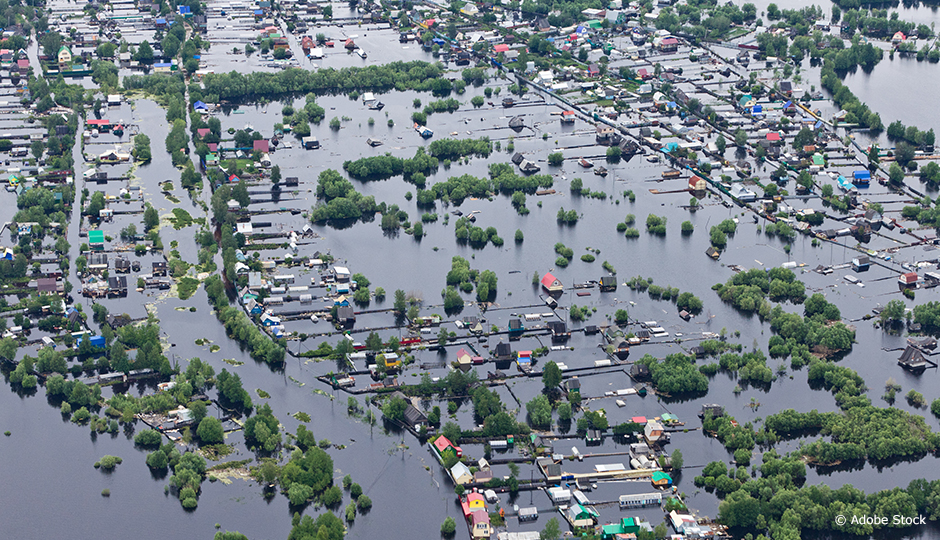In Québec, floods are the principal manifestation of climate change. Heavy rains and spring floods affected more than 300 municipalities in 2017 and 2019, causing damages estimated at nearly $600 million. It is estimated that one-third of spring flooding is due to melting snow on the ground. However, the province's water management authorities have difficulty factoring this variable into their forecasts. Alain Royer, a professor in the Department of Applied Geomatics at the Université de Sherbrooke, is refining them using an innovative remote sensing approach based on microwave observations from space.
Heavy rains and spring floods affected more than 300 municipalities in 2017 and 2019.
Satellites provide near-daily global coverage of the Earth's surface, making them a tool of choice for measuring the water equivalent of snow. Soil and snow emit microwaves that vary according to different characteristics, such as the height and physical properties of the snow cover. However, the quantity of snow cannot be measured directly. Alain Royer and his collaborators therefore coupled snowpack models used in meteorology to a model that digitally simulates satellite observations and compared it to actual measurements. Adjusting the snow water equivalent by the assimilation of satellite observations reduced the relative percentage of error below 15%, which is the range of accuracy needed for hydrological applications.
The technology developed in this project is now used by various weather and hydrological forecasting actors, such as the Ministry of the Environment and Climate Change and the Canadian Meteorological Centre. This will allow better forecasting of spring water flows in flood-prone areas, thereby improving flood control. In addition, Hydro-Québec will use this technology to better manage the levels of its reservoir dams, for example, by storing water in the spring to meet the future electricity demand of Québec residents.




